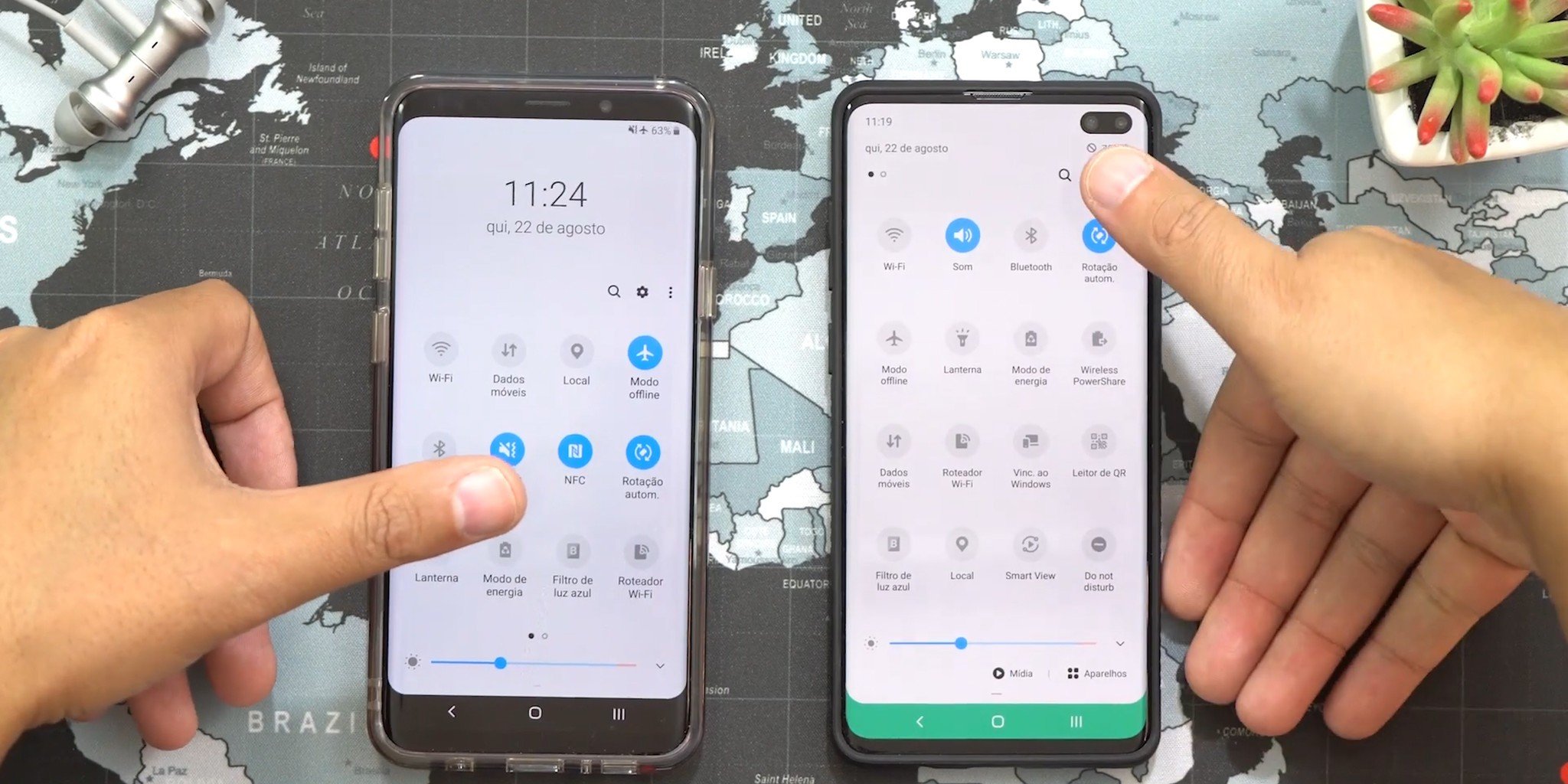Google needs stricter rules for phone makers and developers if wants to fix Android's gesture mess

By now, you're probably tired of reading articles online about Android 10 gesture navigation. It seems like nobody really likes it, Google just can't get it right, and nothing the company can do fixes things. All this is doubly true if you're one of the people who have no problems with the current gesture navigation solution in Android. With this in mind, instead of ranting about a feature that seems like it's unfinished and has no direction, let's talk about what it takes to fix it all once and for all.
Complaining about gestures doesn't help and nobody is listening anyway.
For starters, looking at companies like OnePlus or Samsung and saying that there are better gesture-based systems out there isn't helpful here. Those may work alright for the companies in question and people can prefer them over Google's solution, but something like moving about the home screen on your phone or navigating through an app needs to be consistent across the entire platform. You can't expect developers to cater to every individual brand, nor can you expect a consumer to be happy with a new phone if they have to relearn how to use the basics. Navigation needs to be like notifications and the basics need to be the same no matter which brand you buy into.
More: Android 10 gesture FAQ: How to use it and how to disable it
Another thing to realize is that some gestures need to be more important than others. Seeing which apps are currently running isn't something you'll do nearly as often as swiping back or swiping home. The gestures for these "important" things need to be easy and work on every screen. Imagine watching a full-screen video or playing a full-screen game and you can't swipe to get the notification shade or to go home, and you'll understand what I'm saying here. To me, Google using either side of the screen as a way to swipe back makes perfect sense because of this, even if it does interfere with the menu for a large percentage of the apps in the Play Store.
All gestures are equal but some are more equal than others.
Those apps are things that can be — no, should be — fixed if we're to go buttonless on our phones. Consistent and performant gestures on a phone mean nothing if things don't work the same way when you have an app open. Google can tackle this problem by taking a stance that would be very unpopular, yet necessary — force developers that build apps to follow a set of strict guidelines about where and how navigation points are placed. You don't have to worry about where to put the handles of your swipe back gesture if there is no hamburger menu to worry about. So get rid of hamburger menus.
This sounds harsh, but it's also a reason why companies like Samsung (and Apple, of course) seem to have better success with gestures. Most of the apps on a new Galaxy S10 are built by Samsung and written to work perfectly with the company's gestures. Samsung can't control all the apps in Google Play, but the ones people use everyday work because developers can't afford to let their apps not work on two-thirds of the phones in the world. Those same developers would change how apps work to fit in with Android-wide gestures if they had to, too.
Nobody wants to see google take a heavy hand when it comes to the Play Store. It may be Google's baby and nothing about it is open or free, but having such a great choice and selection is what makes it great. But if Google really wants gestures to work, then it has to do something.
Be an expert in 5 minutes
Get the latest news from Android Central, your trusted companion in the world of Android
And it can start in its own playground.

Jerry is an amateur woodworker and struggling shade tree mechanic. There's nothing he can't take apart, but many things he can't reassemble. You'll find him writing and speaking his loud opinion on Android Central and occasionally on Threads.
